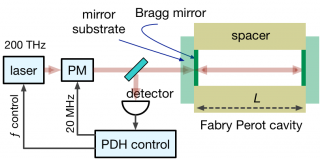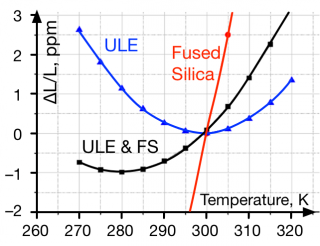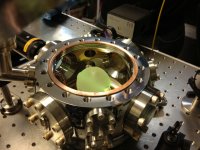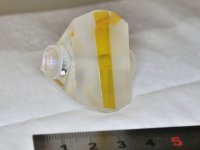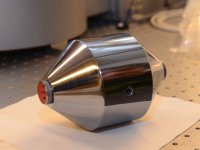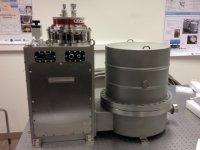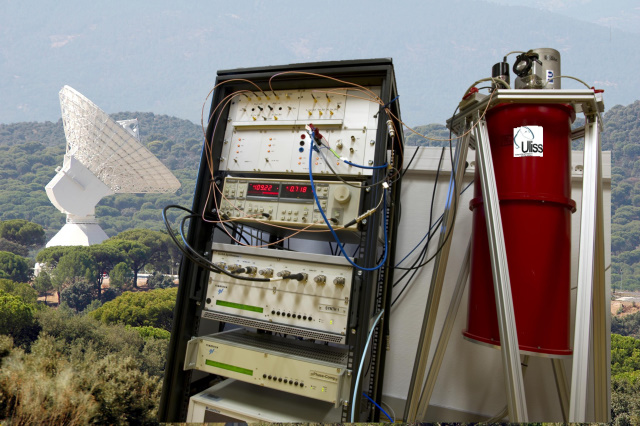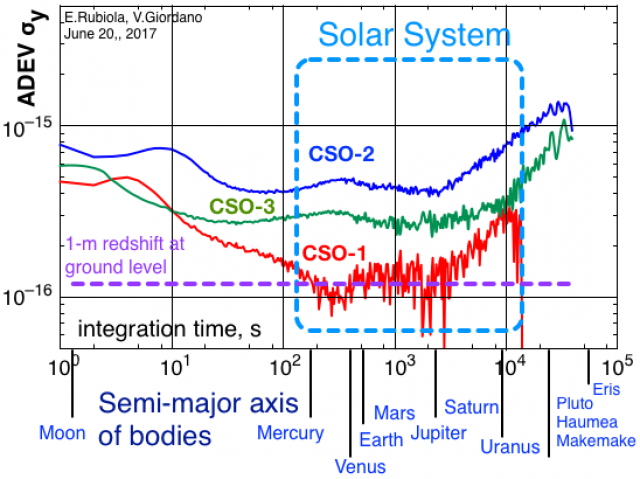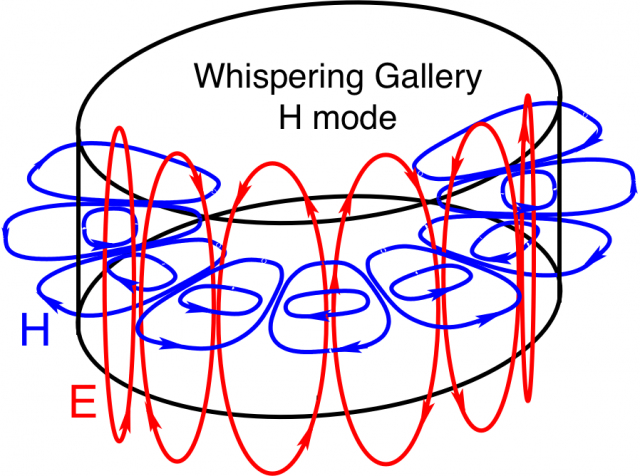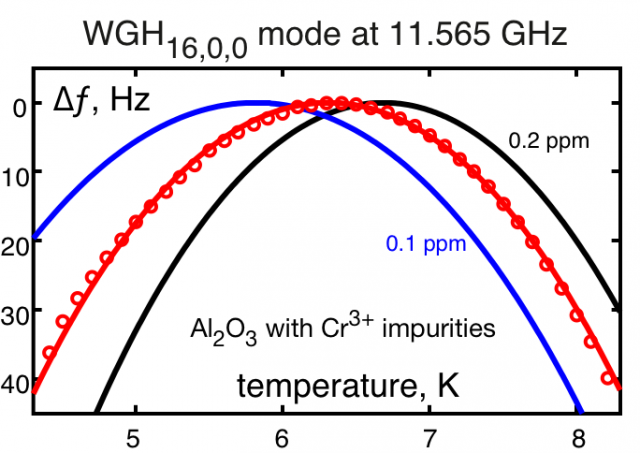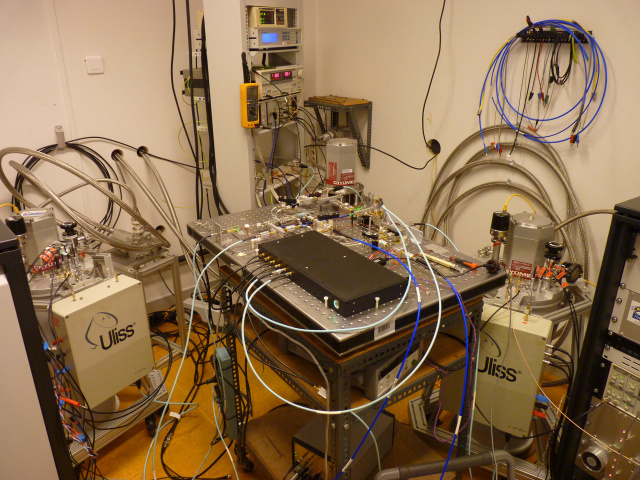This is an old revision of the document!
Microwave Photonics
Pound Drever Hall Frequency Stabilization
Owing to the physical nature of the lasing effect, lasers cannot be as stable as a good Fabry-Perot (FP) etalon. For this reason, we stabilize our reference lasers to different types of Fabry-Perot etalons, depending on needs. The Pound-Drever-Hall is the scheme that exhibits the highest reliability, and also the most suitable to ultimate frequency stability.
The laser is frequency modulated at a suitable frequency fm of the order of 20 MHz and several orders of magnitude higher than the FP cavity linewidth. With the scheme shown, the cavity transforms the phase modulation into amplitude modulation, which is detected by a photodiode. The control delivers a DC signal proportional to the frequency detuning of the laser vs the reference cavity.
Temperature Turning Point
A temperature turning point is a key element in the design of a high-stability cavity because spacer and mirrors suffer from thermal expansion. A thermal expansion ΔL/L causes a shift Δf/f=-ΔL/L= in the laser frequency. Thermal expansion also causes geometric warp, mor difficult to explain and model.
For reference, the thermal expansion is of the order of 10-5/K for metals, and of the order of 10-6/K for glass and ceramics. Thus, the unrealistic temperature stability of 0.1-1 nK would be necessary for a frequency stability of 10-15.
A well designed cavity exhibits a smooth turning point. If the cavity is stabilized at the turning point T0, the thermal expansion is proportional to (T-T0)2. As temperature stability of 10-100 μK is therefore sufficient to stabilize the laser frequency at 10-15 level.
Femtosecond Comb
The femtosecond comb is the standard tool to refer the optical frequency of a laser to a reference frequency in the radio spectrum. The comb enables to transfer the accuracy of the primary standard, the 9.192631770 GHz resonance of the Cs atom, to the optical signal. Such frequency transfer is so good that the fluctuations are of parts in 10-16 at 1 s (Allan deviation)
A femtosecond laser generates light pulses at a repetition rate frep≈250 MHz. These pulses are so sharp that the harmonics span over more than one octave. Beating two lines f1 and f2 spaced by one octave (f2≈2f1), it is possible to lock the difference f2-f1 to f1. In this condition, the repetition rate frep is frequency locked to the optical frequency.
Flicker Noise
Flicker (1/f) frequency noise in the FP cavity is powered by thermal energy kBT
according to the law
 where f/ is the Fourier frequency, and Q is the mechanical of the material.
Converting the PSD S_δL(f) into Allan deviation of the fractional frequency, we get
where f/ is the Fourier frequency, and Q is the mechanical of the material.
Converting the PSD S_δL(f) into Allan deviation of the fractional frequency, we get

